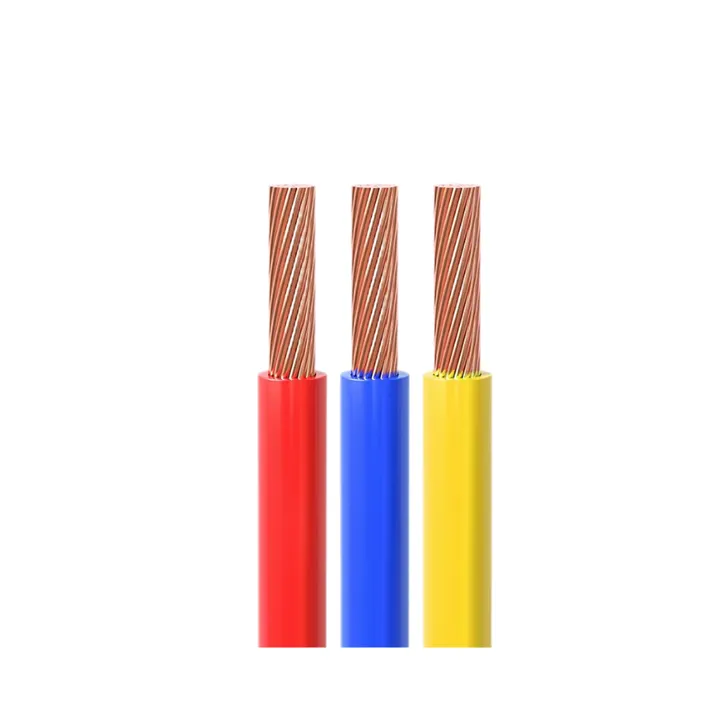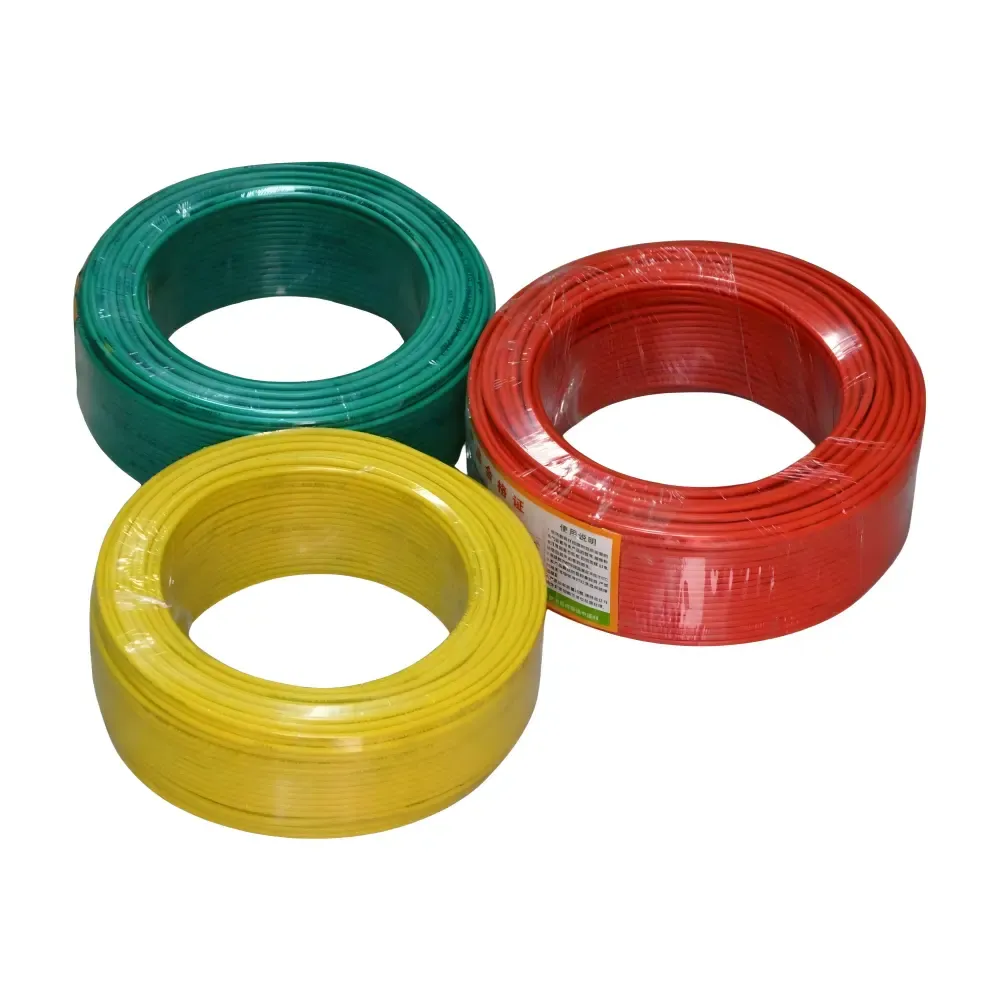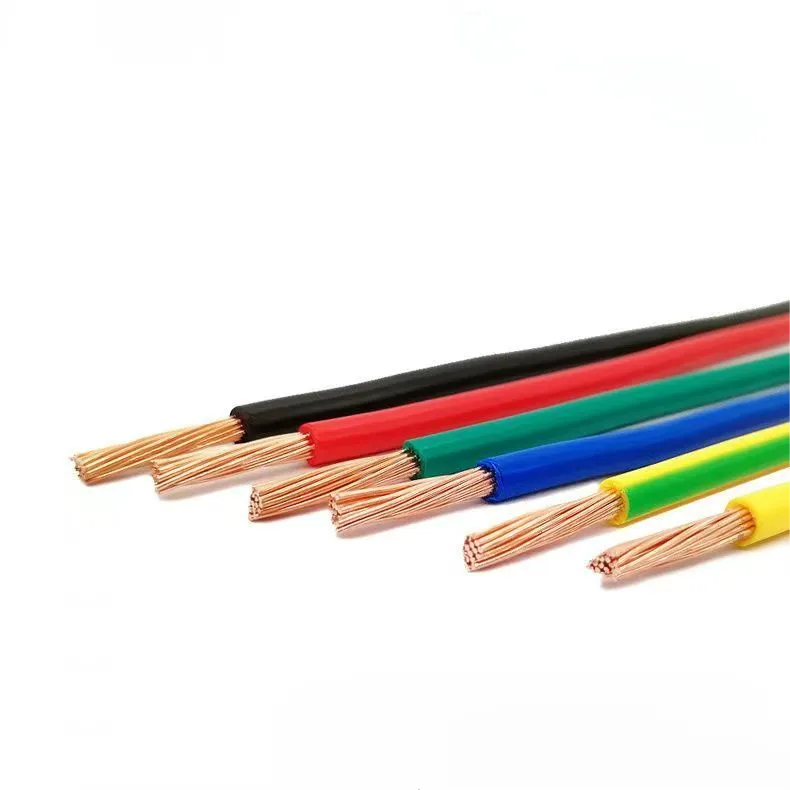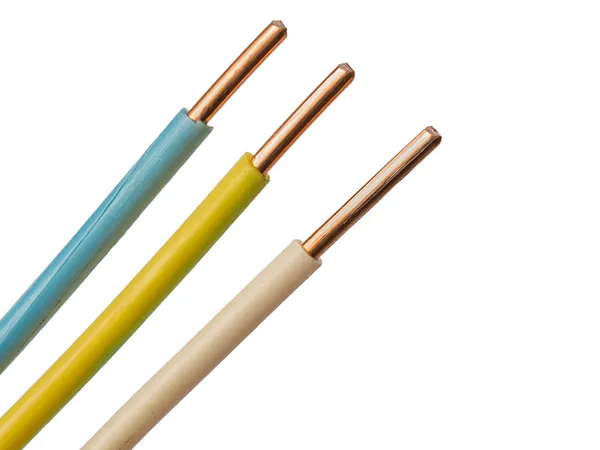How to Avoid Quality Issues When Buying Cables from Overseas
Time: 2025-07-03 15:54:46
Source: Henan Province Jianyun Cable Co., Ltd.
Purchasing cables from overseas, particularly from major manufacturing hubs like China, offers cost advantages but carries risks of quality issues that can lead to safety hazards, performance failures, or regulatory non-compliance. Ensuring high-quality cables requires careful planning, thorough vetting of suppliers, and robust quality control measures. Reputable manufacturers, such as Henan Province Jianyun Cable Co., Ltd., known for producing a wide range of electrical cables including low-voltage, medium-voltage, solar, and control cables, can serve as reliable partners when proper precautions are taken. This guide outlines key strategies to avoid quality issues when sourcing cables internationally, presented in a formal and structured manner.
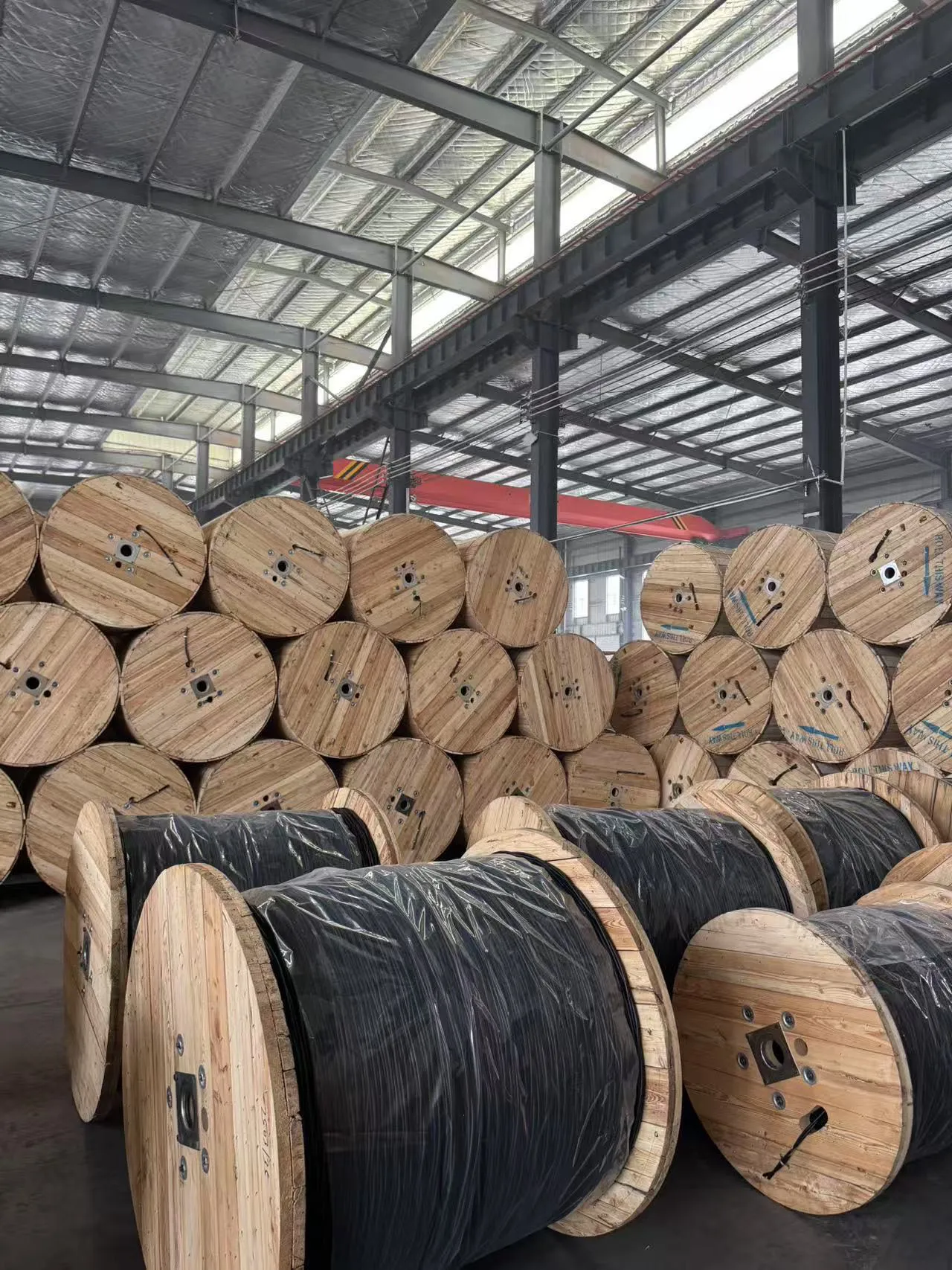
Table of Contents
1. Define Detailed Specifications
Clearly defining cable specifications is the foundation for ensuring quality and avoiding misunderstandings with overseas suppliers.
-
Technical Requirements: Specify cable type (e.g., power, Ethernet, fiber optic), conductor material (e.g., 99.99% oxygen-free copper), insulation (e.g., PVC, XLPE, LSZH), shielding (e.g., UTP, STP), voltage ratings, and performance standards (e.g., Cat6a for Ethernet cables).
-
Application Needs: Detail the environmental conditions, such as temperature range (-40°C to 120°C), UV resistance, or fire performance (e.g., CPR Euroclass ratings for construction cables).
-
Regulatory Standards: Identify required certifications, such as CE for the EU or UL for North America, to ensure compliance with destination market regulations.
-
Documentation: Provide detailed drawings, datasheets, or Bills of Materials (BOM) to ensure the supplier understands exact requirements.
2. Select Reputable Suppliers
Choosing a trustworthy supplier is critical to minimizing quality risks.
-
Background Checks: Verify the supplier’s business license, years of operation, and industry reputation. Established manufacturers like Jianyun Cable, founded in 2009, have a proven track record in producing high-quality cables.
-
Client References: Request references from previous clients to confirm reliability, quality, and service consistency.
-
Industry Presence: Prioritize suppliers with visibility at trade shows (e.g., Elektro 2025, Canton Fair) or those listed on reputable B2B platforms like Alibaba or Made-in-China.
-
Certifications: Ensure the supplier holds quality management certifications like ISO 9001:2015, ISO 14001, or ISO 45001, indicating robust operational standards.
3. Verify Certifications and Standards
Ensuring compliance with international standards prevents regulatory and safety issues.
-
Product Certifications: Confirm that cables meet market-specific standards, such as CE (LVD, EMC, CPR) for the EU, UL (e.g., UL 83, UL 44) for North America, or other standards like VDE, SAA, or IEC.
-
Third-Party Validation: Request certificates from accredited testing bodies (e.g., CNAS, TÜV, SGS) to verify compliance. Jianyun Cable’s products, for instance, are certified to meet international standards.
-
Environmental Compliance: Ensure adherence to environmental regulations like RoHS and REACH to avoid hazardous materials in cables.
-
Fire Performance: For construction cables, verify compliance with CPR Euroclass ratings (e.g., B2ca, Cca) or flame-retardant standards (e.g., IEC 60332-1-2).
4. Conduct Pre-Shipment Inspections
Pre-shipment inspections (PSI) are essential to verify quality before cables leave the supplier’s facility.
-
Visual Inspection: Check for surface defects (e.g., cuts, abrasions), proper markings (e.g., voltage rating, certifications), and uniformity across the batch.
-
Dimensional Checks: Measure conductor size, insulation thickness, and cable length to ensure they meet specifications (e.g., IEC 60228, UL 83).
-
Electrical Testing: Perform tests for conductor resistance, insulation resistance, voltage withstand, and signal integrity (for data cables) using equipment like megohmmeters or Fluke DSX-8000.
-
Third-Party Inspection: Engage independent inspectors (e.g., SGS, Bureau Veritas) to conduct PSI, ensuring unbiased quality verification.
5. Request Samples for Testing
Testing samples before bulk orders helps confirm quality and suitability.
-
Sample Requests: Request free or low-cost samples to evaluate performance and compliance with specifications.
-
In-House Testing: Conduct tests in your facility or a third-party lab to verify electrical performance, mechanical properties, and environmental resistance.
-
Application Testing: Test samples in the intended application environment (e.g., outdoor conditions for solar cables) to ensure durability and performance.
-
Consistency Check: Compare multiple samples to ensure consistency with the supplier’s production batch.
6. Implement Quality Control Agreements
Formal agreements with suppliers establish clear quality expectations.
-
Quality Assurance Clauses: Include clauses in contracts specifying acceptable quality levels (AQL), defect tolerances (e.g., AQL 1.0 for major defects), and remedies for non-compliance.
-
Non-Disclosure Agreements (NDAs): Protect proprietary designs or specifications during custom cable production.
-
Warranty Terms: Secure warranties for defective products, ensuring replacements or refunds if quality issues arise post-delivery.
-
Quality Control Plan: Require suppliers to provide a detailed quality control plan, outlining raw material inspections, in-process checks, and final testing.
7. Assess Supplier Manufacturing Processes
Understanding the supplier’s manufacturing capabilities ensures consistent quality.
-
Factory Audits: Conduct on-site or virtual audits to evaluate production facilities, equipment, and quality control processes.
-
Raw Material Quality: Verify that suppliers use high-quality materials, such as oxygen-free copper or certified insulation materials, as used by manufacturers like Jianyun Cable.
-
Production Standards: Ensure the supplier adheres to standardized processes, such as those aligned with ISO 9001:2015, to minimize defects.
-
Testing Capabilities: Confirm the supplier has in-house testing facilities (e.g., CNAS-accredited labs) to perform rigorous quality checks.
8. Establish Clear Communication
Effective communication with the supplier prevents misunderstandings and ensures quality expectations are met.
-
Language Support: Choose suppliers with multilingual staff (e.g., English, Spanish) to facilitate clear communication.
-
Regular Updates: Request progress reports during production to monitor quality and address issues early.
-
Technical Support: Ensure the supplier provides technical assistance for troubleshooting or clarifying specifications.
-
Escalation Process: Establish a clear process for addressing quality concerns, including direct contact with quality control or management teams.
9. Plan for Logistics and Handling
Proper logistics and handling prevent damage that could compromise cable quality during transit.
-
Packaging Standards: Ensure cables are packaged securely (e.g., reels, coils with moisture-resistant wrapping) to prevent damage during shipping.
-
Shipping Conditions: Specify requirements for temperature-controlled or humidity-resistant shipping for sensitive cables (e.g., fiber optic).
-
Logistics Partners: Work with reliable freight forwarders to minimize mishandling or delays.
-
Inspection on Arrival: Conduct a receiving inspection to check for transit-related damage before accepting the shipment.
10. Build Long-Term Partnerships
Long-term relationships with reliable suppliers foster consistent quality and accountability.
-
Consistent Orders: Place regular orders to build trust and encourage suppliers to prioritize your quality needs.
-
Collaborative Development: Work with suppliers like Jianyun Cable to develop custom cables tailored to your projects, ensuring quality alignment.
-
Feedback Loop: Provide feedback on received products to help suppliers improve processes and address recurring issues.
-
Supplier Development: Support suppliers in upgrading their processes or certifications to meet your quality standards.
11. Conclusion
Avoiding quality issues when buying cables from overseas requires a proactive approach, including defining detailed specifications, selecting reputable suppliers like Henan Province Jianyun Cable Co., Ltd., verifying certifications, and conducting thorough inspections. By implementing quality control agreements, testing samples, and ensuring robust manufacturing and logistics processes, buyers can mitigate risks and ensure compliance with international standards. Building long-term partnerships with reliable suppliers enhances quality consistency and supports successful project outcomes. For specific cable requirements, communicate precise needs to the supplier and maintain rigorous oversight throughout the procurement process.

